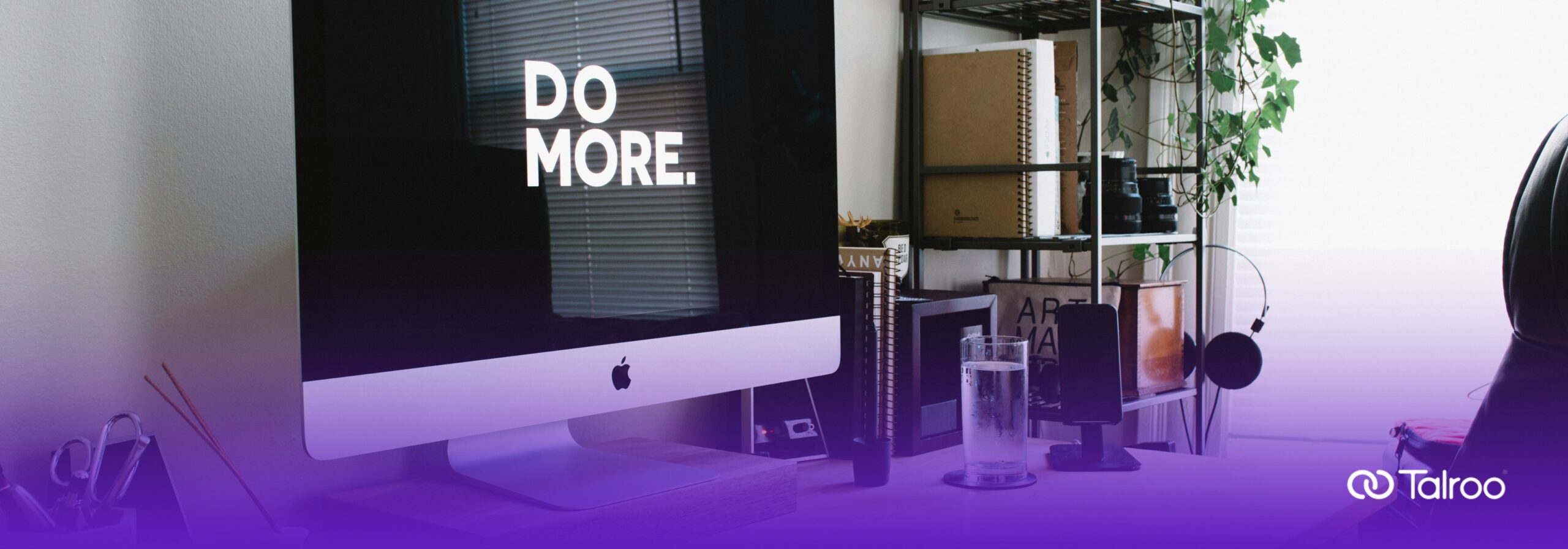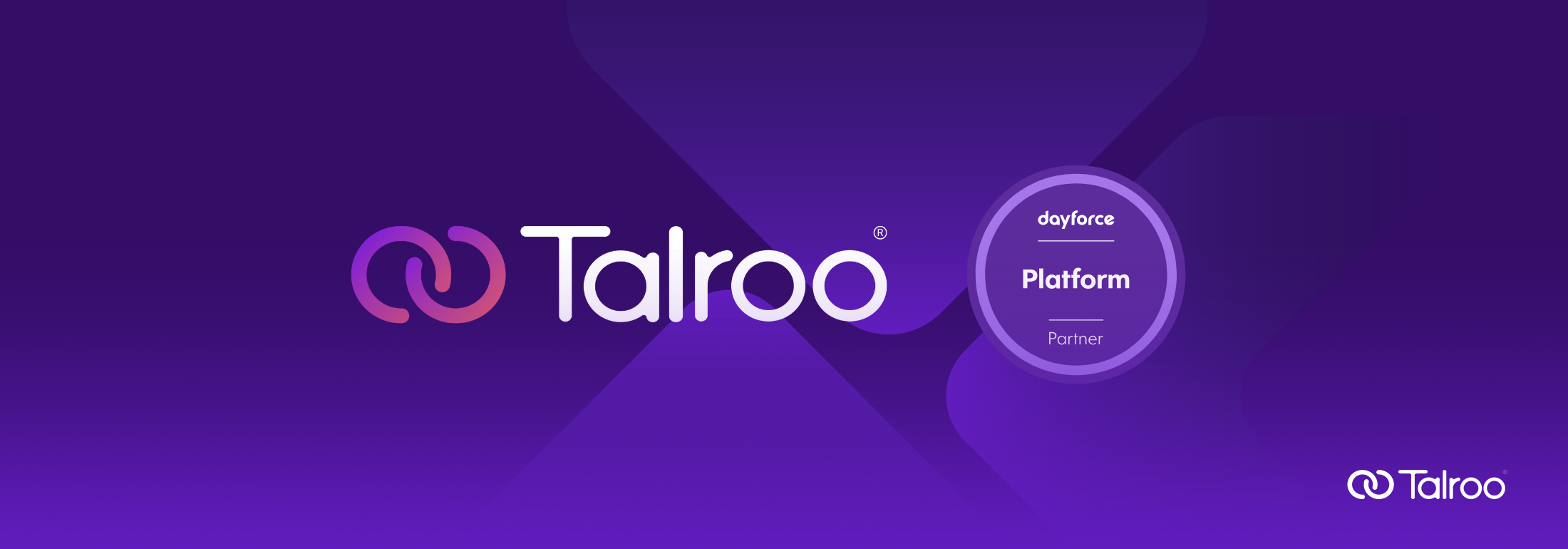
Welcome to our Q&A blog post following the recent webinar, “Personalizing the Candidate Journey: Tools and Tactics.” This session offered a deep dive into enhancing recruitment strategies through personalization, leveraging technology, and maintaining a human touch throughout the recruitment process. Due to the high volume of insightful questions from attendees, we’ve compiled and answered the most prevalent inquiries here.
Can you give examples of how to maintain personal connections in automated recruitment processes?
Personal connections can be maintained by using automated systems to send personalized messages and updates. For instance, tailoring communication based on the data captured about the candidate’s preferences or previous interactions can make automated contacts feel more personal and engaging.
Can you explain more about setting up a feedback loop for improving the candidate journey?
Setting up a feedback loop involves regularly soliciting feedback from candidates at various stages of the recruitment process, such as post-interview or after a job offer. This can be done through automated surveys or direct calls. Analyzing this feedback provides insights into areas for improvement and helps tailor future recruitment strategies.
Finding candidates in the non-profit sector can be challenging based on, as an example, pay. Any ideas on finding and attracting talent to that type of work?
Attracting talent in the non-profit sector often involves highlighting the mission and impact of the organization. Emphasizing non-monetary benefits, like the opportunity to make a difference, flexible working hours, and a supportive community, can also attract candidates who are driven more by values than compensation.
What challenges should we anticipate when integrating new tech tools into our recruitment process?
Challenges can include resistance to change from the recruitment team, integration issues with existing systems, and a learning curve associated with new technologies. It’s important to provide adequate training and to choose tools that can seamlessly integrate with your current processes.
How do we create effective personas for different frontline roles?
Creating effective personas involves gathering detailed information about the role and the ideal candidates. This includes demographic data, job expectations, career motivations, and personal interests. Engaging with current employees in similar roles can also provide real-life insights that enhance persona accuracy.
What tools can help us analyze and manage the large volume of applicant data efficiently?
Tools like Google Analytics for tracking how users interact with job postings, and ATS (Applicant Tracking Systems) like Greenhouse or Lever can help manage and analyze large volumes of data. These tools offer analytics features that can parse and organize data to highlight trends and efficiencies.
How do we use data analytics to predict the needs and behaviors of frontline worker applicants?
Data analytics can be used to track patterns in application rates, engagement levels, and feedback from frontline workers. This information can predict needs and behaviors, allowing recruiters to adjust their strategies to meet these expectations better.
What are some best practices for segmenting candidates effectively?
Effective segmentation involves categorizing candidates based on relevant criteria such as skills, experience, location, and engagement level. This approach allows for more targeted and relevant communication, improving the efficiency of the recruitment process.
How do we develop targeted marketing campaigns that resonate with frontline workers?
Develop campaigns that speak directly to the core values and day-to-day experiences of frontline workers. Use language and imagery that reflect the realities of the role and highlight benefits that are particularly appealing to this group, such as job stability, health benefits, and opportunities for recognition.
In what ways can we ensure that our personalized onboarding programs are effective for new hires?
Personalized onboarding programs should include elements tailored to the individual’s role and personal preferences, regular check-ins to gauge satisfaction and understanding, and adjustments based on feedback. Ensuring that new hires feel supported and valued from the start can dramatically improve their integration and long-term satisfaction.
Since COVID, many employees want to be hybrid or remote, but our non-profit requires on-site presence. Any thoughts for fully on-site post-pandemic?
For roles that require on-site presence, emphasize the benefits of direct community engagement and the tangible impacts of their work. Also, consider implementing flexible scheduling or enhanced workplace safety measures to address concerns and enhance the attractiveness of on-site roles.
Thank you for joining us for “Personalizing the Candidate Journey: Tools and Tactics.” We hope this Q&A has been insightful and provided practical tips you can implement. For more detailed guidance and to revisit the strategies discussed, we invite you to watch the on-demand version of the webinar here. Your journey to a more personalized and effective recruitment process starts now!




